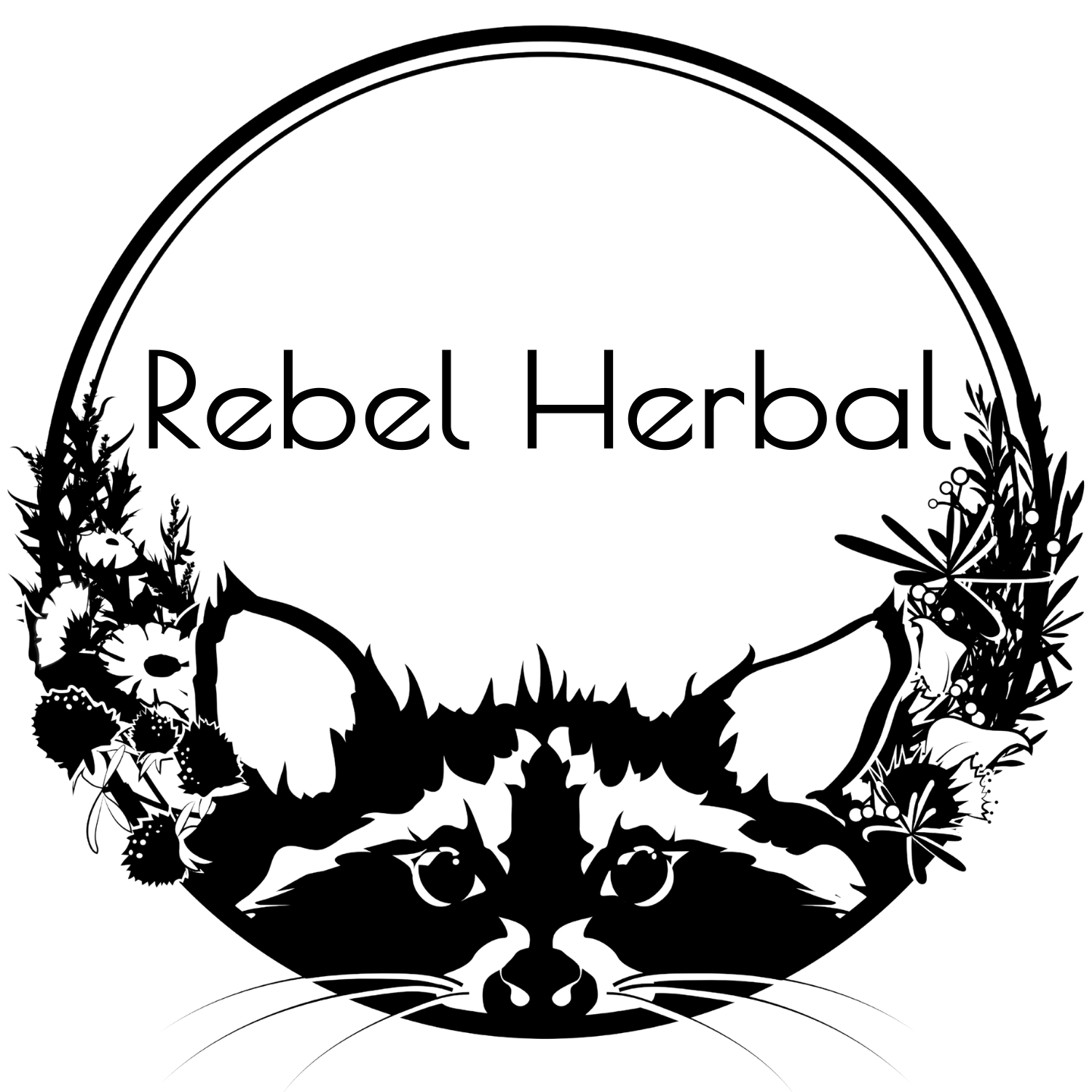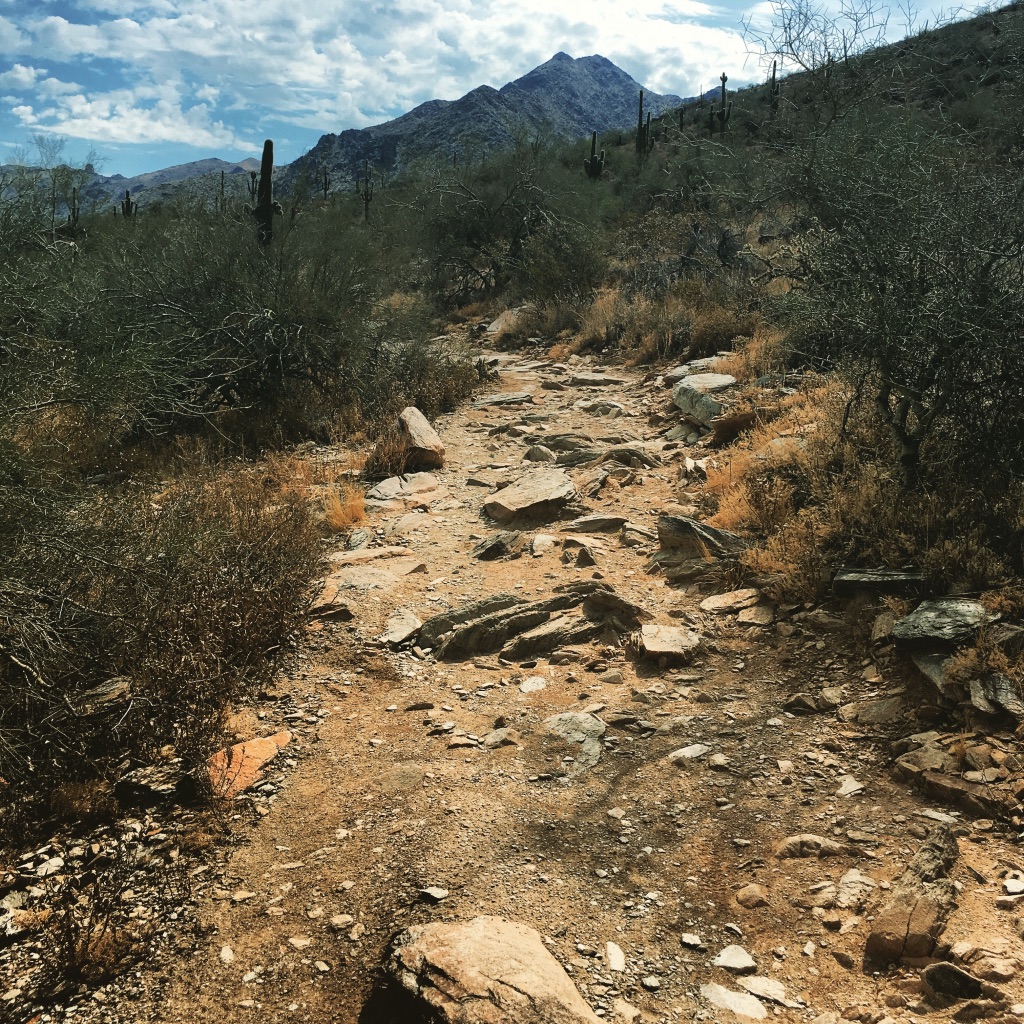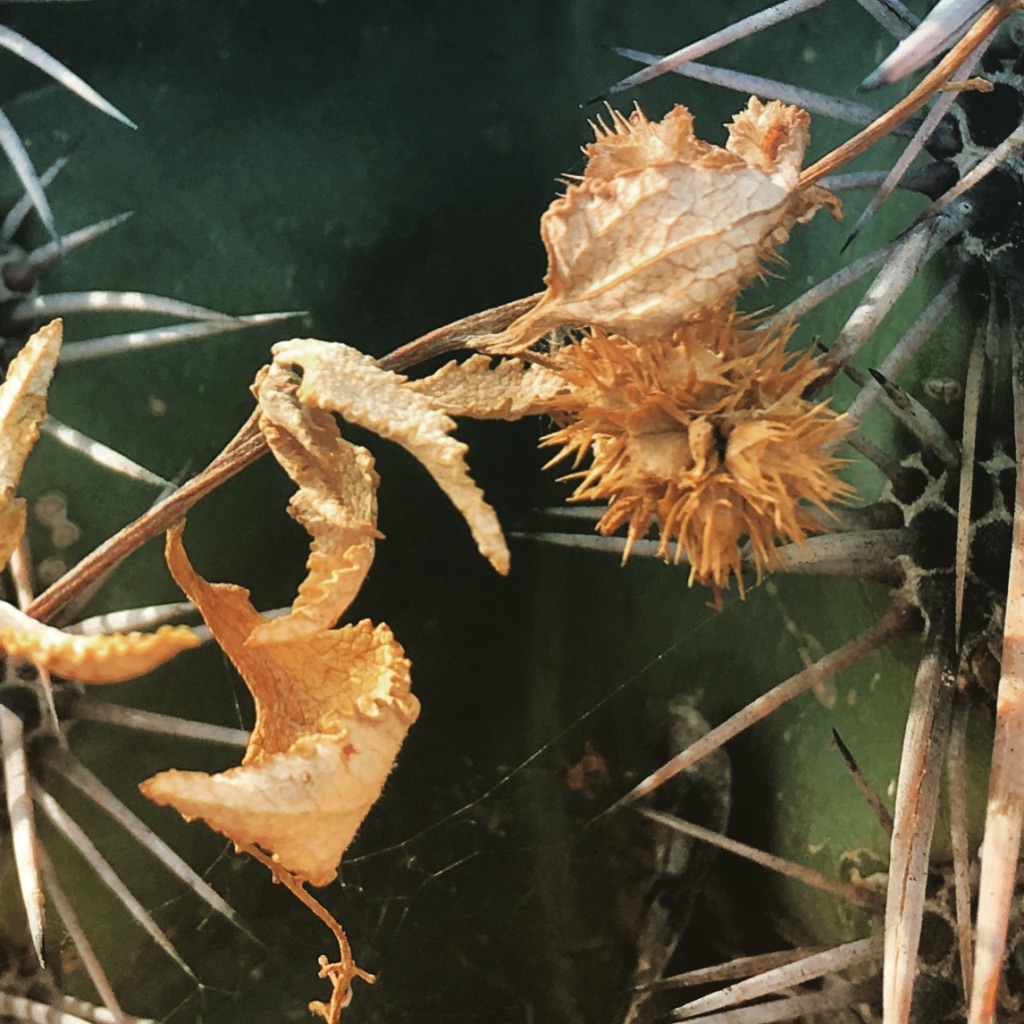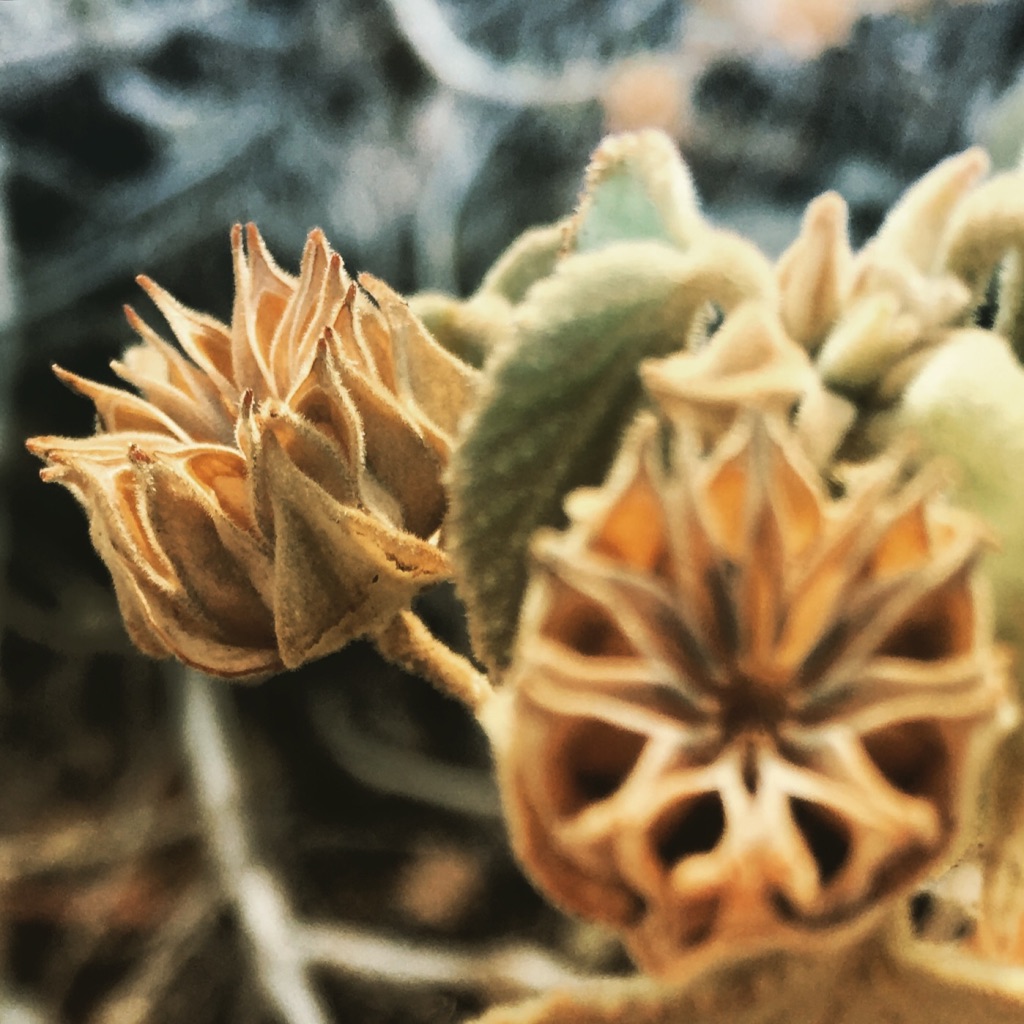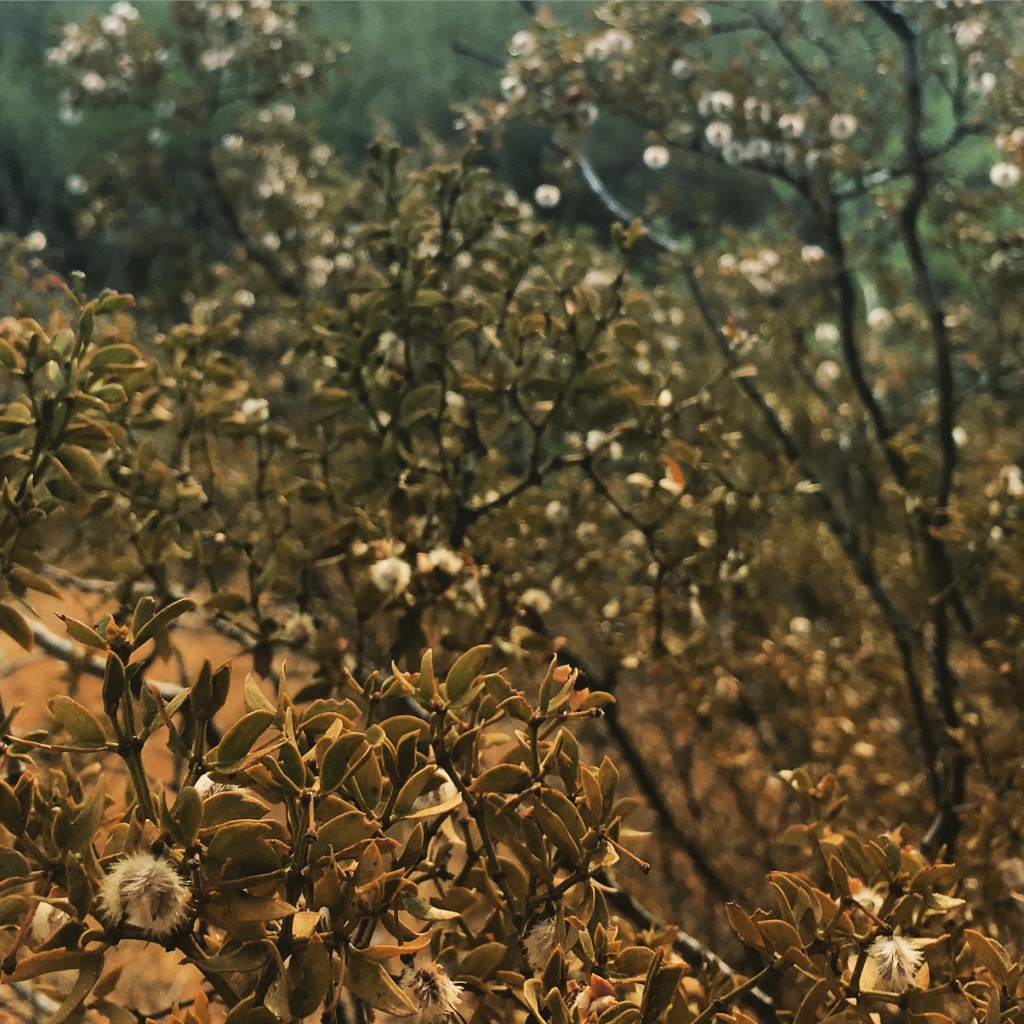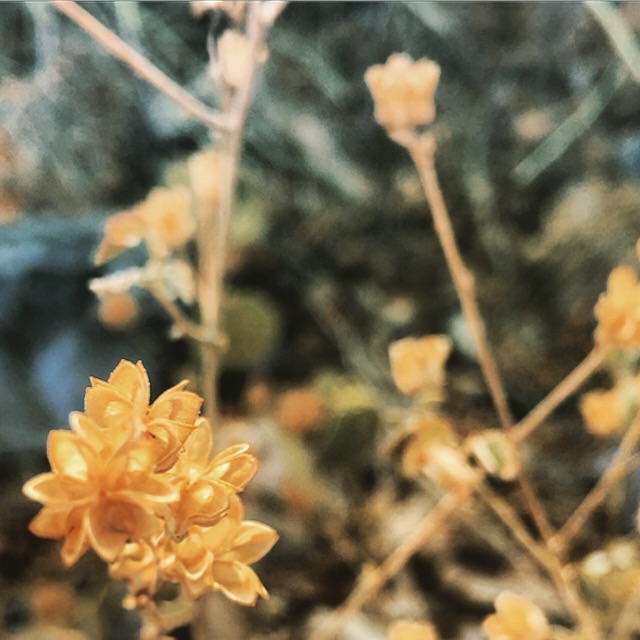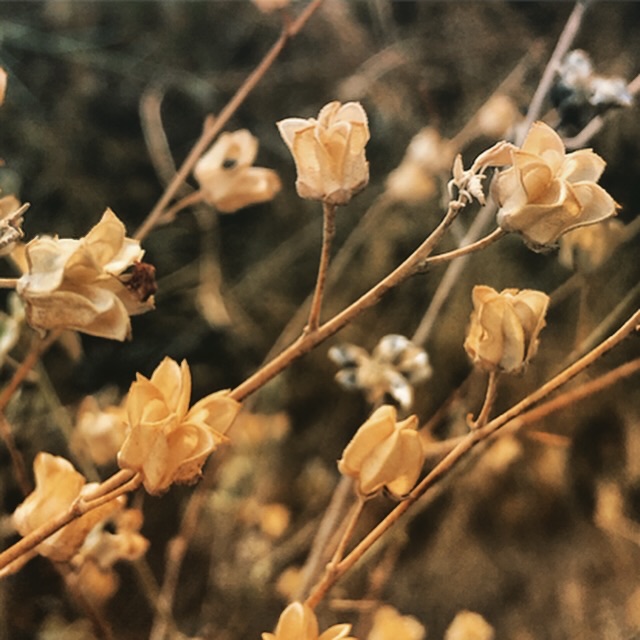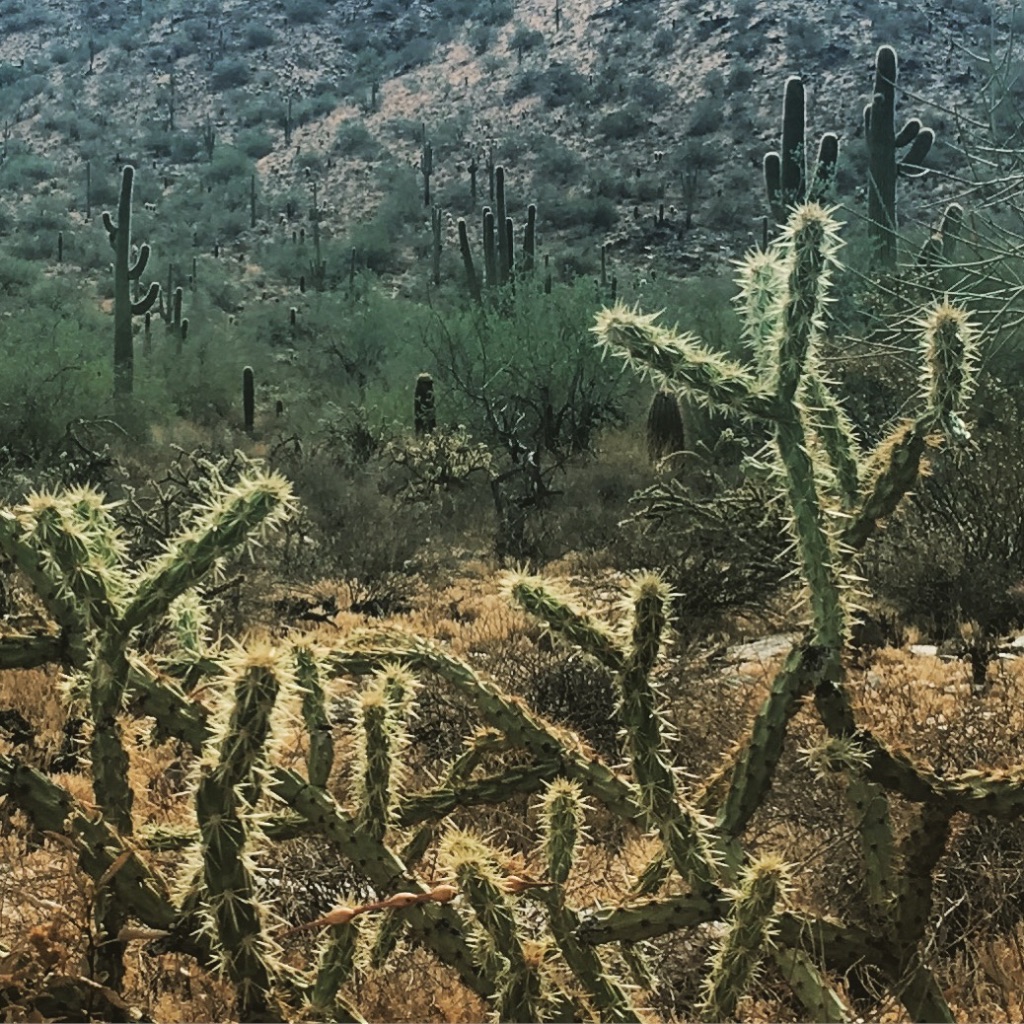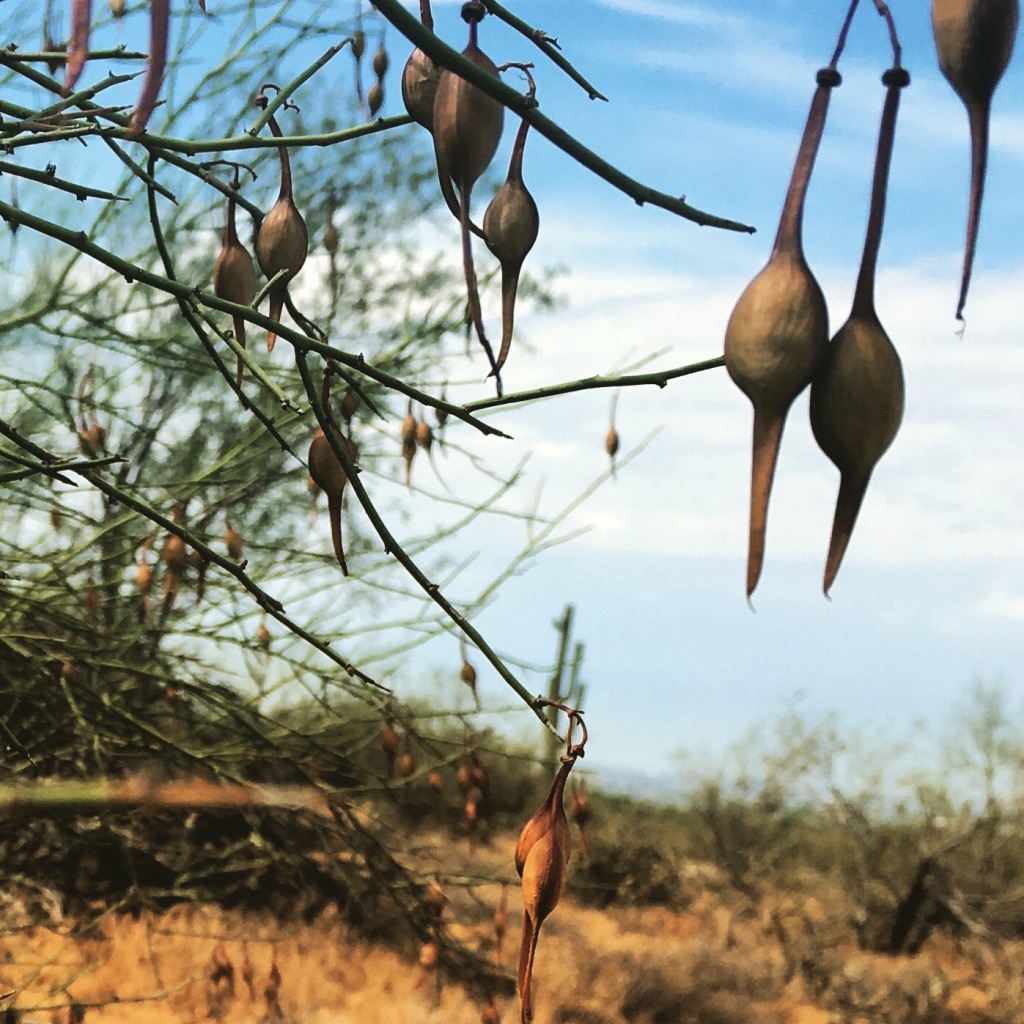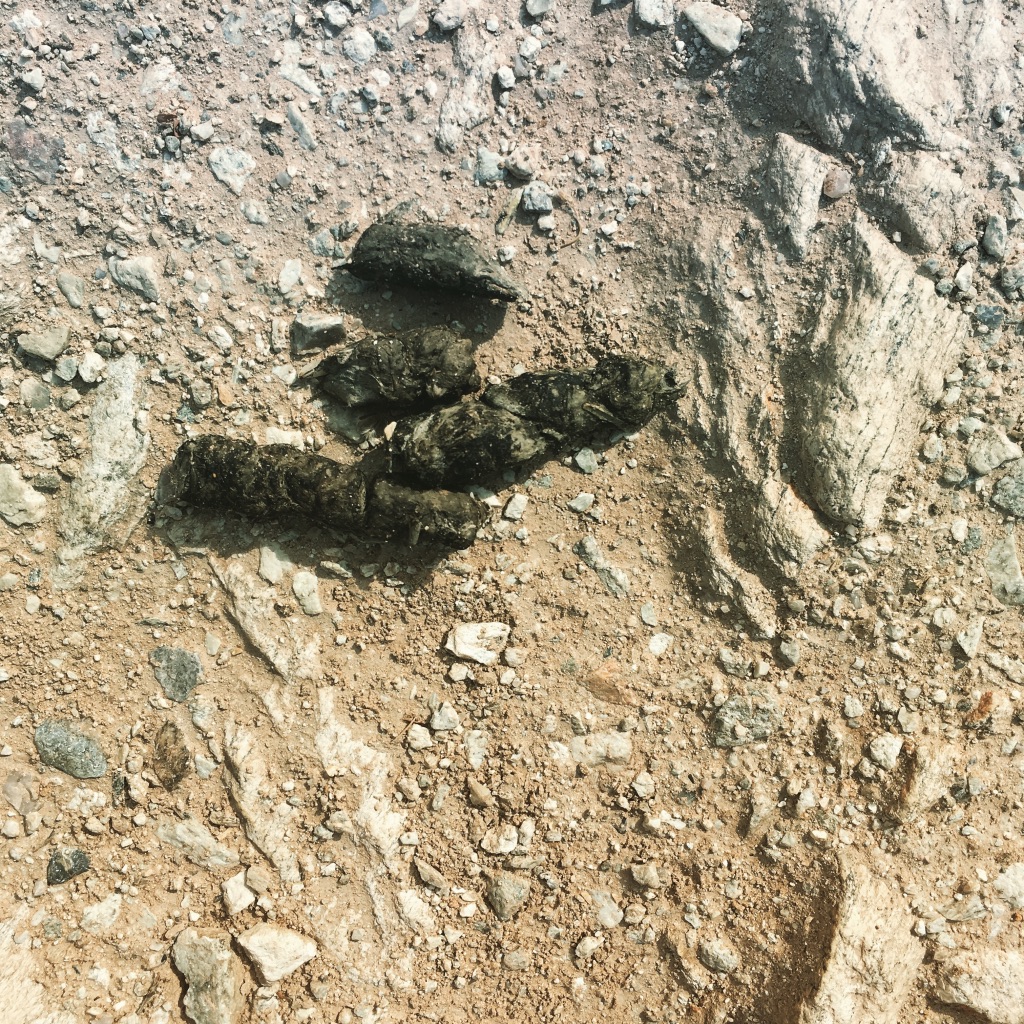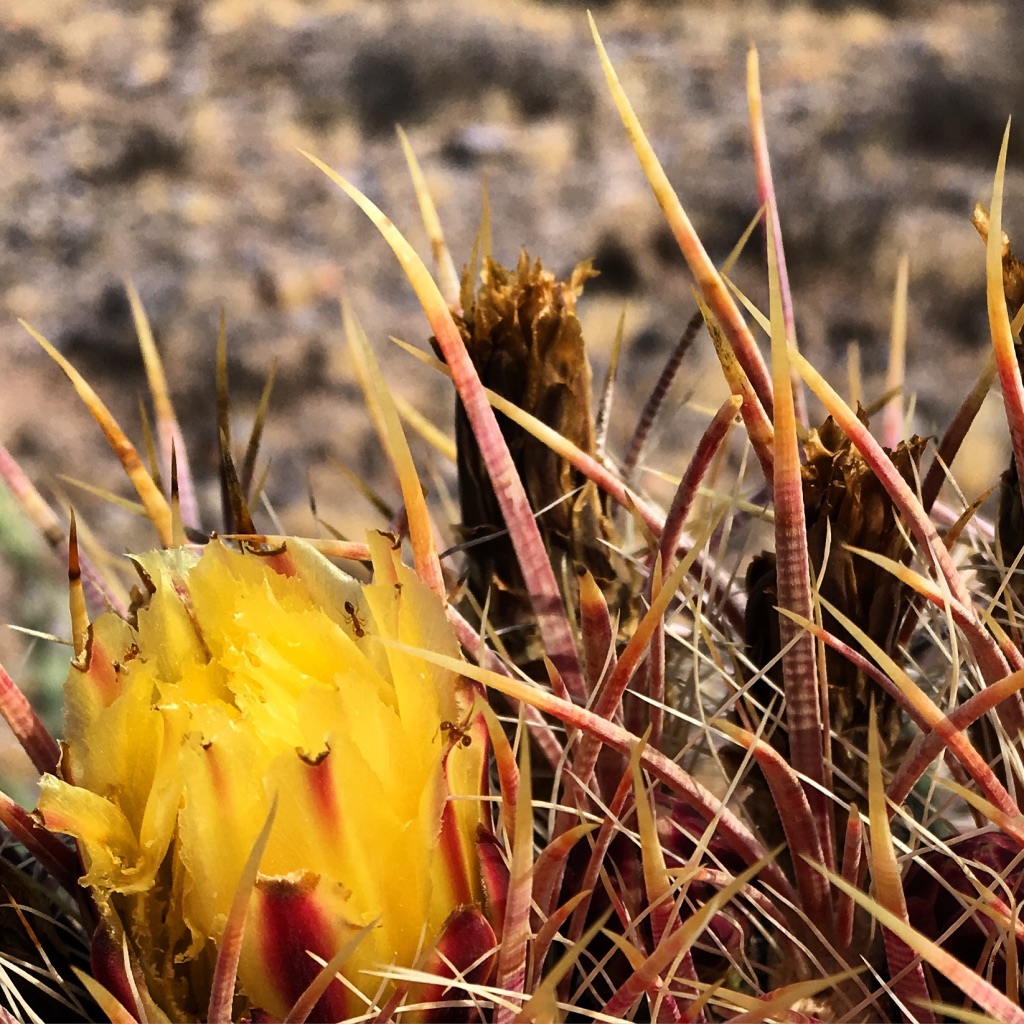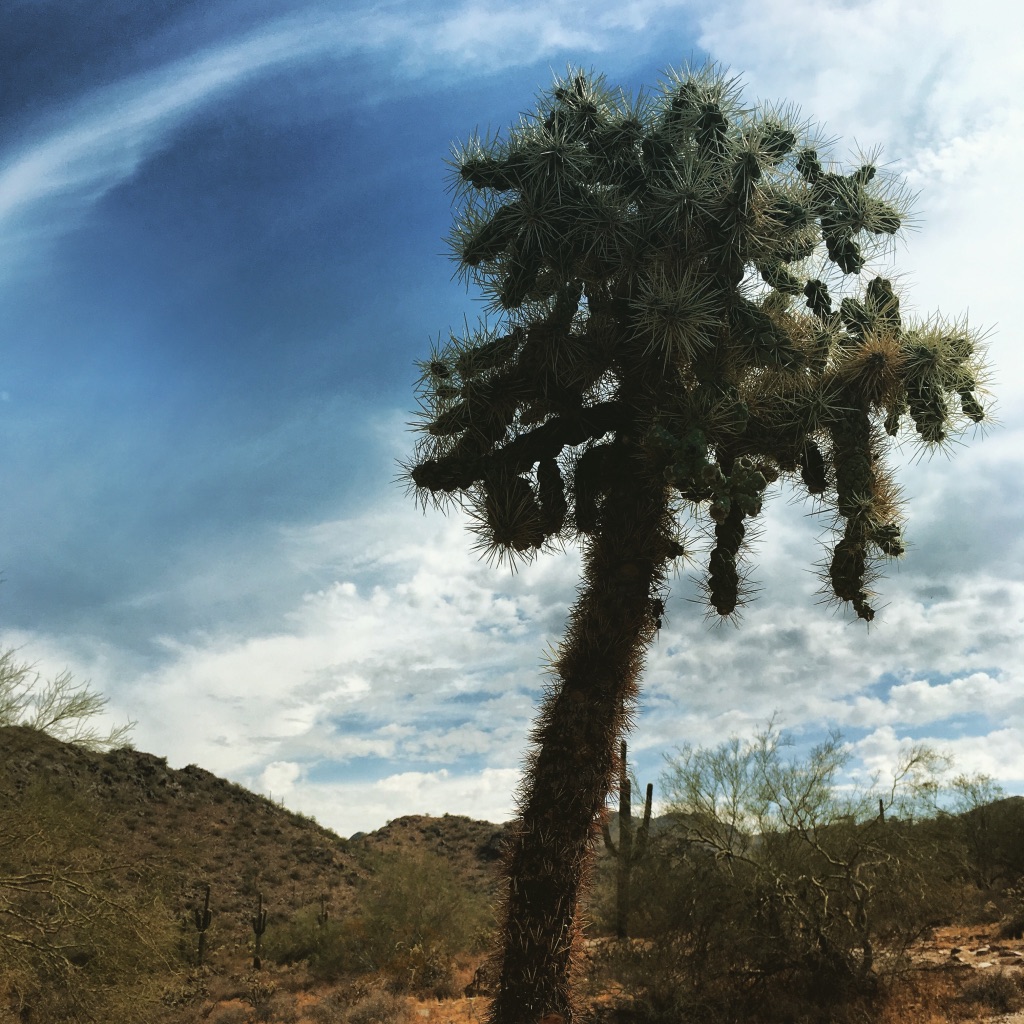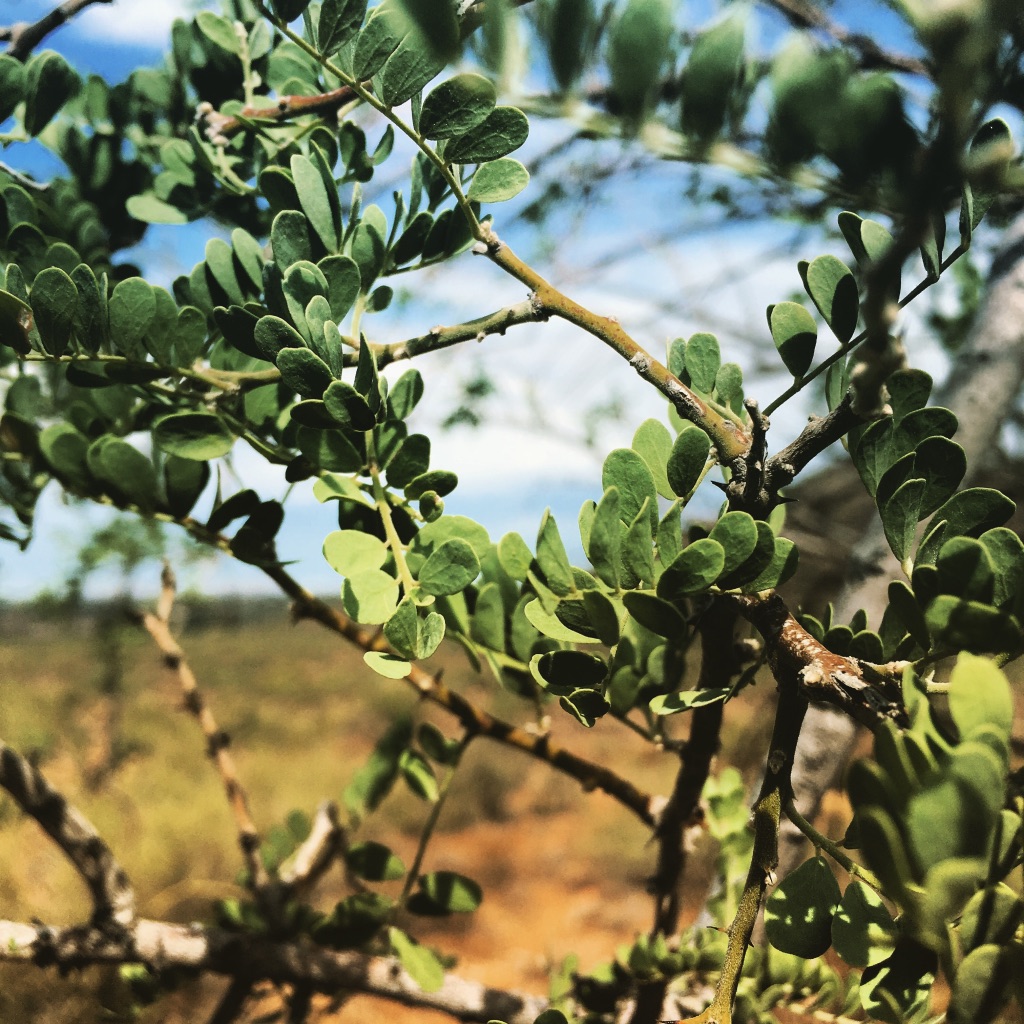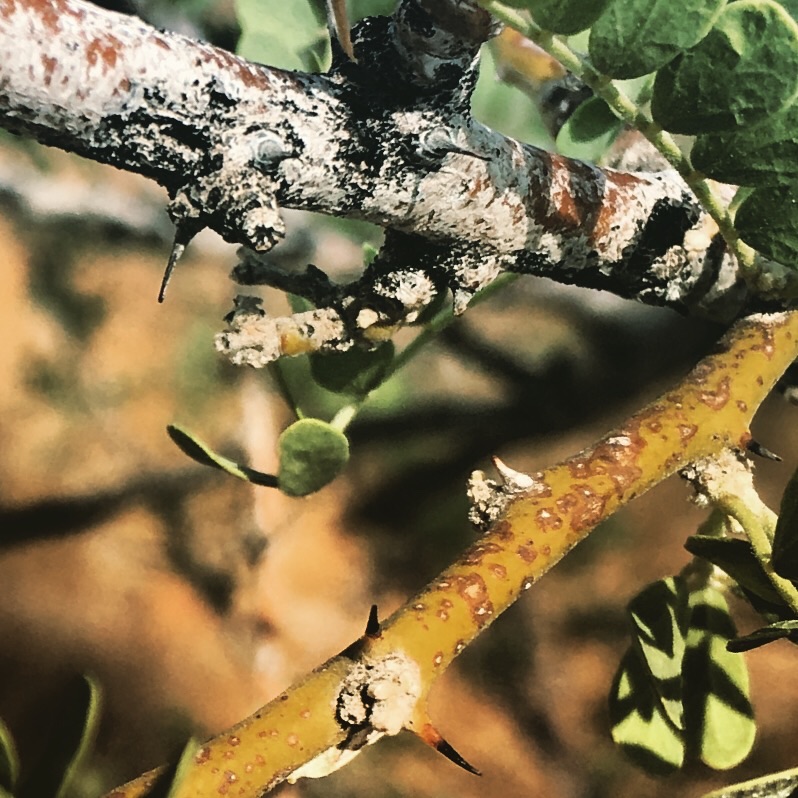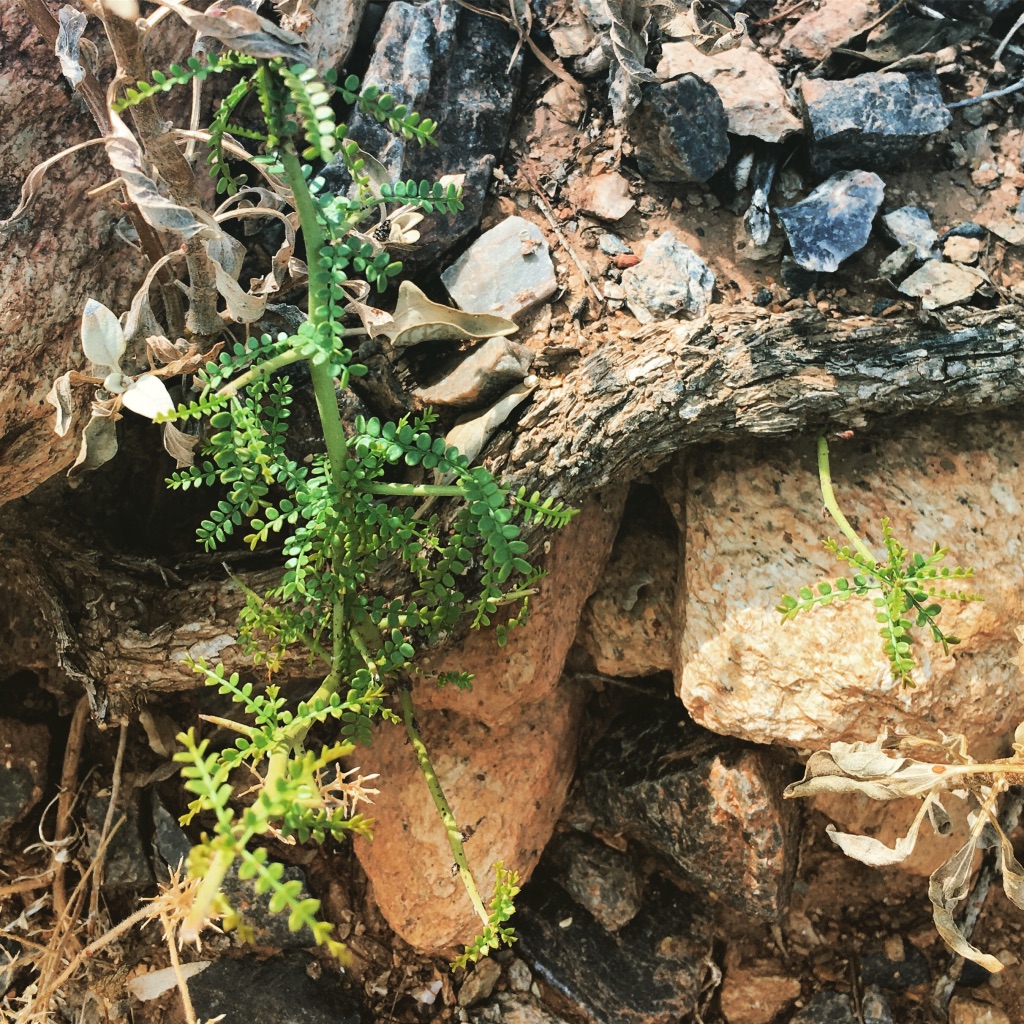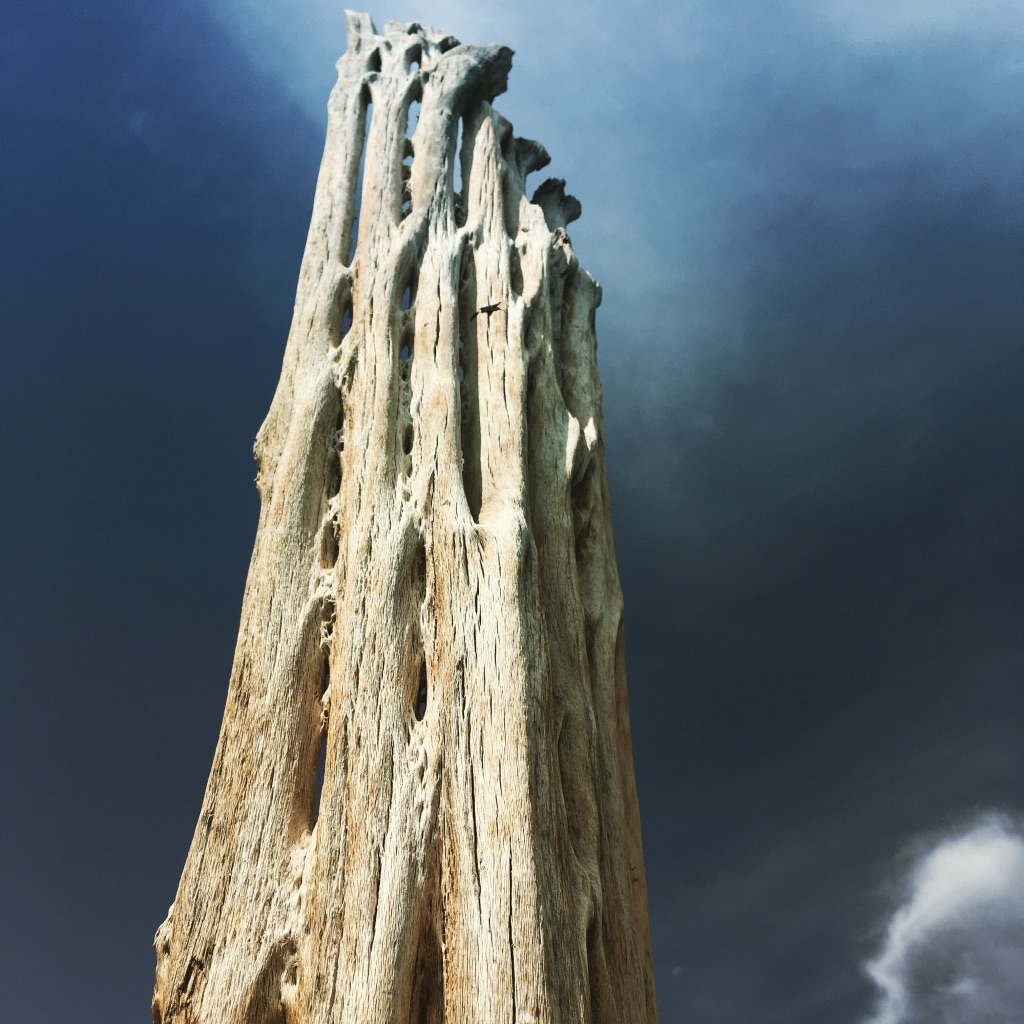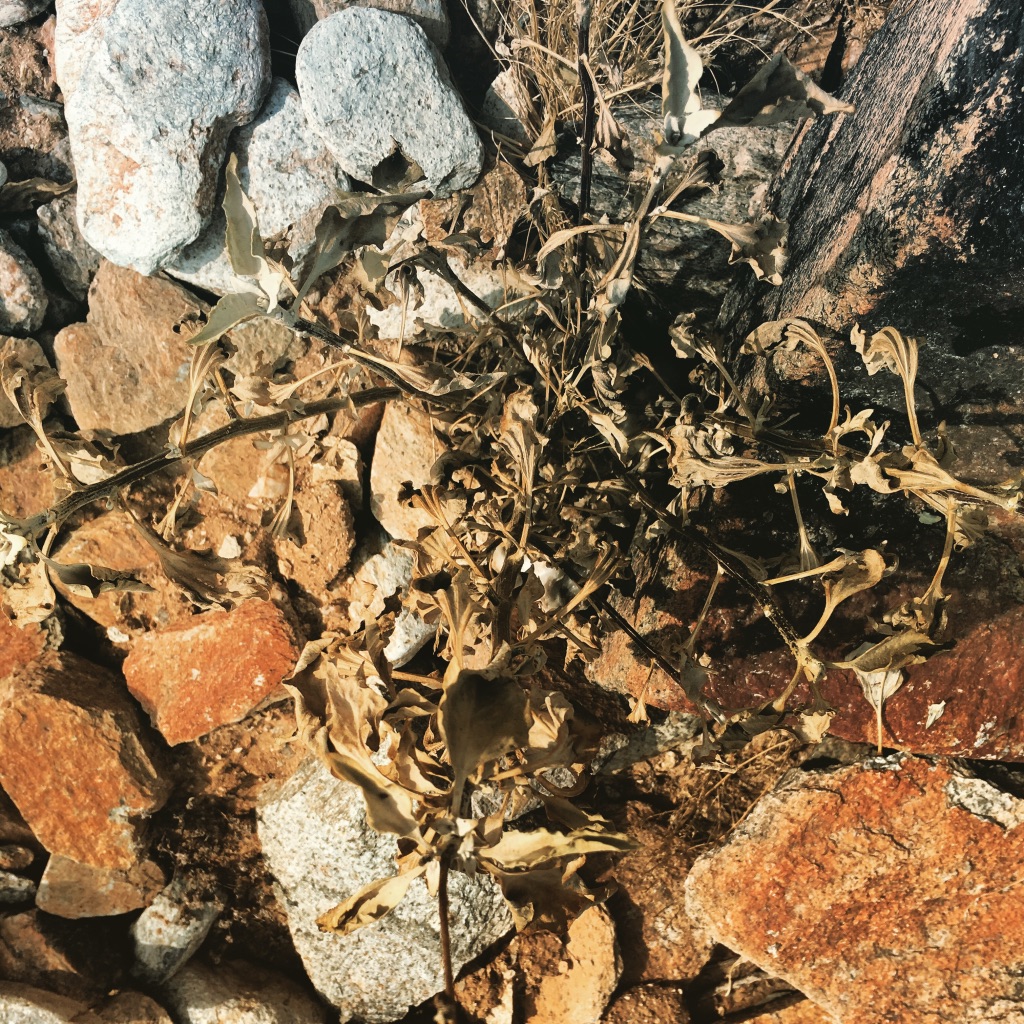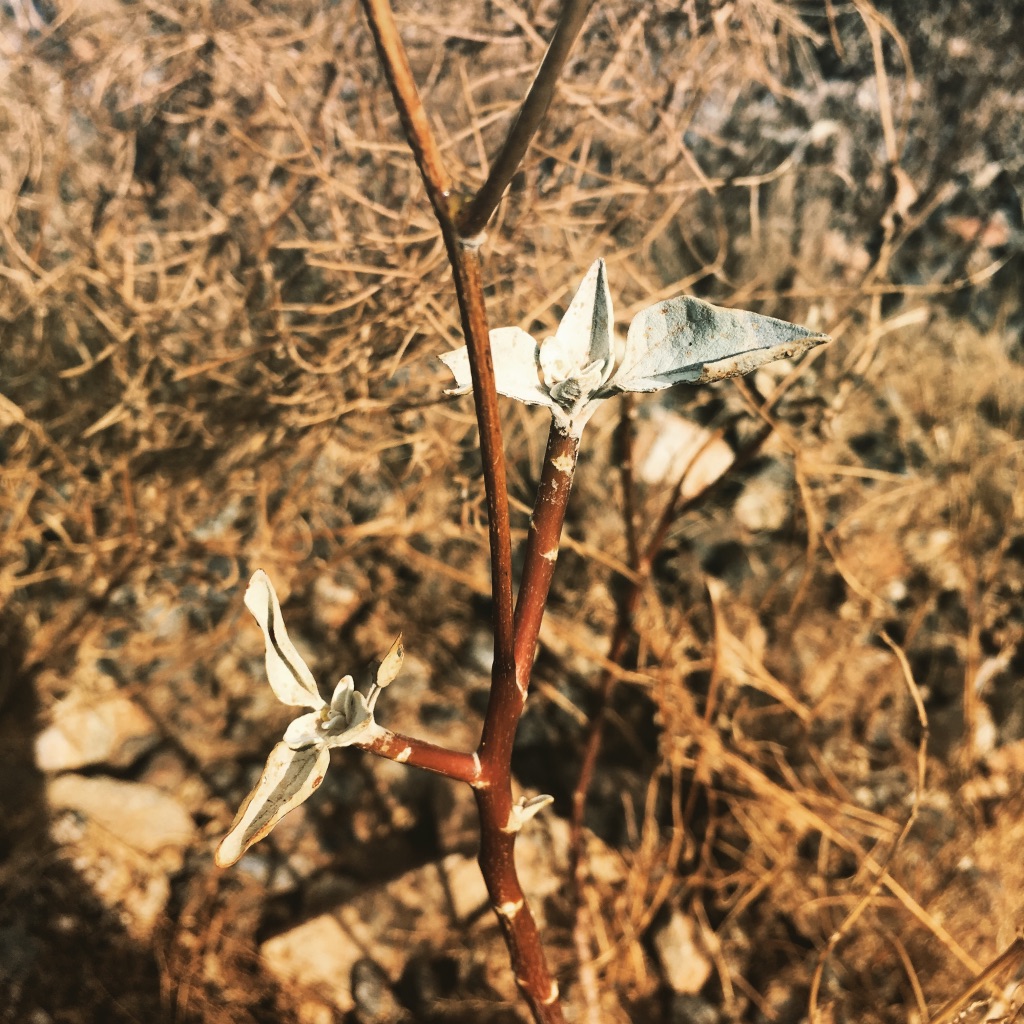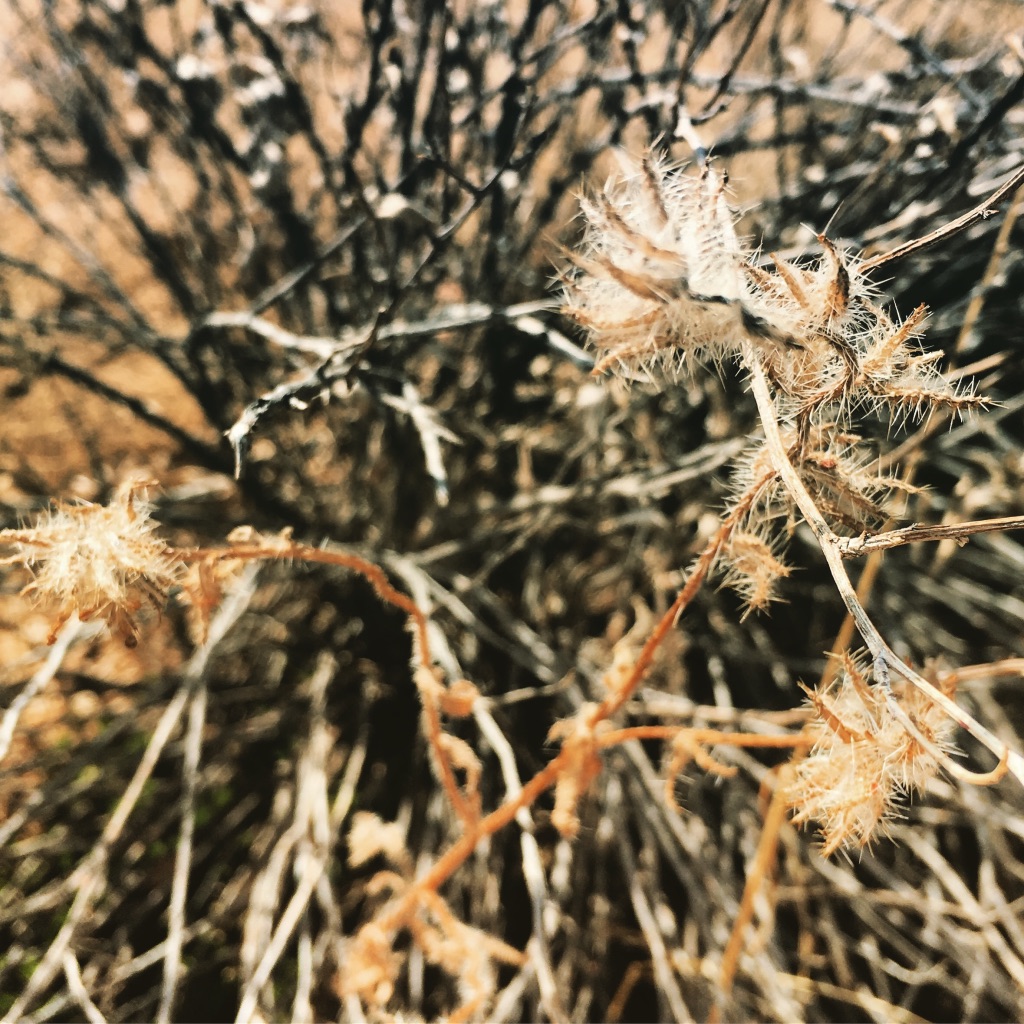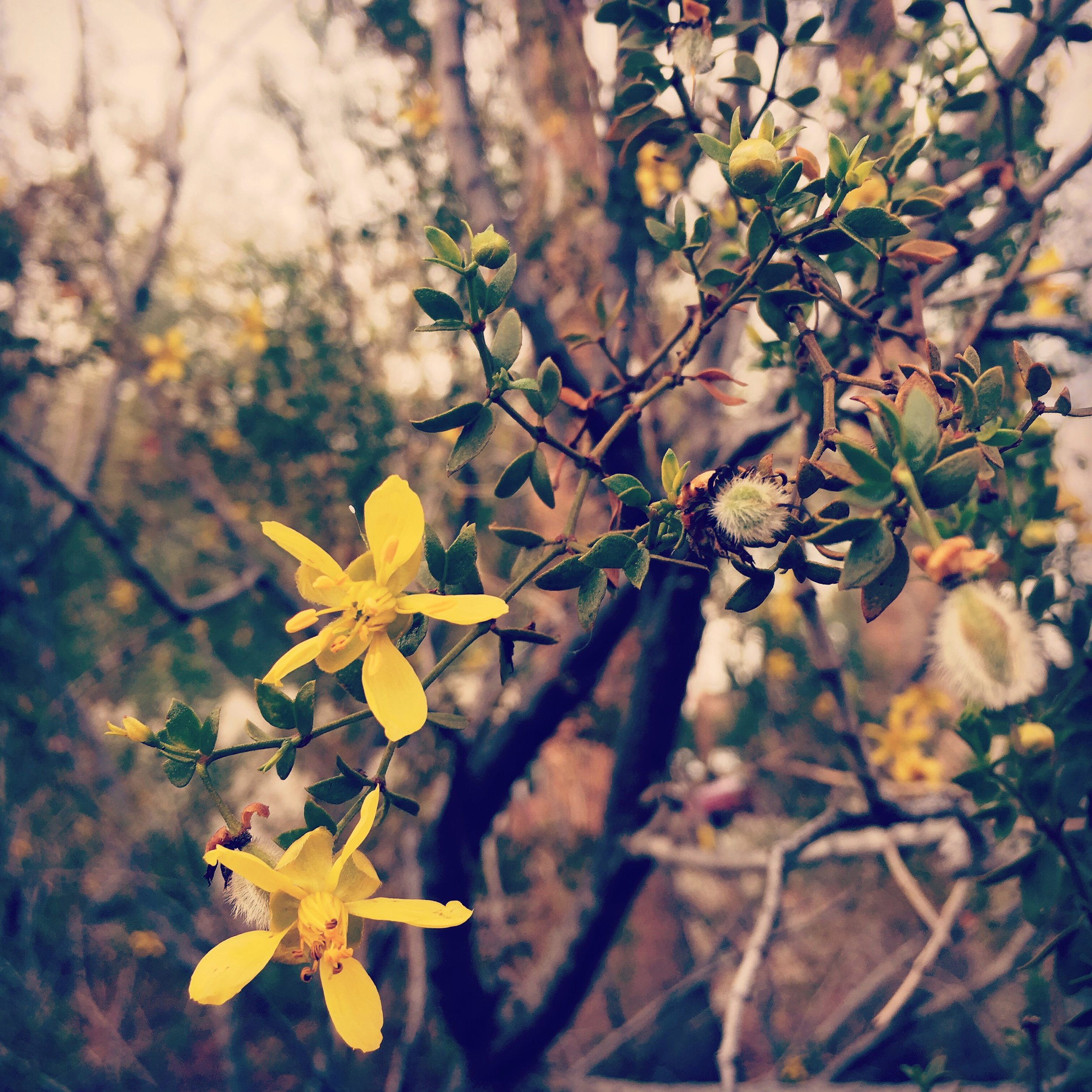The Wildland Tea Party
A couple of months ago, in the most random situation, I found myself flooded with inspiration for a new type of event. The Muses, several indeed, had conspired to call me to produce something that would gather women together, in the outdoors…
A couple of months ago, in the most random situation, I found myself flooded with inspiration for a new type of event. The Muses, several indeed, had conspired to call me to produce something that would gather women together, in the outdoors, to create ceremony, to heal, and to learn. An offering that seems channeled straight from the Divine, down through my heart, and out through my hands. The divine method here can not be discounted or questioned. Every time I asked ‘how?’ ‘for what?’ “where?’ I was given an almost immediate response from these Muses in the form of a clear vision and strong desire to make it happen.
For the next few months I’ll be testing this offering out to see if it sticks; if it’s manifesting in a way that is pleasurable to me, to you, and to the Muses who are pushing it along…On or near the Full Moon, we’ll gather in sisterhood, somewhere in the great outdoors, for a Wildland Tea Party.
Think of this event as women’s spiritual retreat meets camping trip meets herbal medicine class. I will meet you in a natural setting, create a container for personal work according to a theme for that month, and we will meet each other, heart to heart, as sisters in a sacred space. We will move our bodies under the sun, learn about plant medicines to support our healing paths, and journey shamanically to uncover, release, heal, and integrate any issues that need brought to light.
Each Wildland Tea Party will be held in a new location, with the goal being exposing my tribe of sisters to new sacred places. That you can return to on your own whenever you need to reconnect with the spirits of that place and the energies we co-create and infuse into the land. Each place will become a power portal for you, one that will help you to heal when you feel stuck, stagnant, or in need of community or nature bathing or plant spirit connection.
Together we’ll drink herbal teas, purify with the alchemy of smoke and mist, anoint with oils and salves, and release with sacred fire. A themed kit will be available for you to purchase too, that will help you integrate your experience into your daily life after the event. The kits are available for purchase at the time of check out as an add-on, or at the event or on the website. *Purchasing it along with your event ticket will get you a good discount*
For specific details on scheduled Wildland Tea Parties, including them and general location, click the button below to get to our events page.
Ethical Wildcrafting + Stewardship: A Video
In this video I introduce you to the ethics, principles, and practices of wildcrafting (harvesting) plants. I cover intention, intuition, tools, and how to not be an ass hole to the Earth.
In this video I introduce you to the ethics, principles, and practices of wildcrafting (harvesting) plants. I cover intention, intuition, tools, and how to respectfully connect with Earth’s medicines. This is essential information for ANYONE interested in foraging, collecting, or otherwise working with and removing plants from their homes.
Manzanita
This gorgeously tangled shrub is related to Cranberry and Madrone, and offers similarly healing attributes…
Manzanita
Prescott National Forest, Arizona
A member off the Heath family (Ericaceae), this gorgeously tangled shrub is related to Cranberry and Madrone, and offers similarly healing attributes. It's a sister like plant to Uva-Ursi, who I first learned as Bearberry while living and learning in Oregon. According to many of my herbal predecessors, these two are practically interchangeable in their abilities. Michael Moore says that if one isn't growing in your neck of the woods, just look for the other, and it's probably there. "Remember that Manzanita is an analog to Uva Ursi; if Manzanita is uncommon where you live, go into the mountains and you will probably found Uva Ursi. Where the latter isn't found is usually where you find Manzanita. Only in the deserts are both missing." p 158.
Manzanita is one of the most striking plants growing in Arizona. The bark is a deep rusty red, somewhere between glossy and matte in its finish. The contrast with its lichen colored leaves and subdued hues of flower and berry gives this plant an ethereal feeling, as if it glows softly within its own aura, the way one might expect an angel to appear. Its branches tangle, and the way it creates dense thickets in high desert forests reminds me of one other thing only: the rhododendron forests of Appalachia.
Unripened Berries
I would not be surprised to learn that indigenous Arizonans have legeneds of elementals living within these Manzanita thickets, as I've heard innumerable tales of the little people in the Rhodies during my time on the Appalachian trail and at herbal and folkoric events in the South. According to Charles Kane, Peter Bigfoot, and Michael Moore, the Manzanitas can appear as small shrubs at around 3 ft, but with enough moisture, can grow up to 30. I surmise it would be a thoughtless task to lose one's way within the branches of a Manzanita so massive.
Manzanita Branches
This plant has a specific affinity for healing and restoring the water organs in our bodies, namely kidneys, bladder, and womb. A primary constituent, Arbutin is a glycoside which is converted to hydroquinone in the presence of alkaline urine (7.0 on the pH scale). An acidic environment is preferred in these watery areas to keep E. Coli in check, the bacteria that when prolific, causes urinary tract infections. The leaves contain large amounts of tannin, an astringent constituent that lends itself to tightening tissues that have lost tone - due to age, childbirth, recurring infection, etc. This is likely the reason it is a known vasoconstrictor. Manzanita leaves therefore can be useful in excessive menstrual bleeding, as a post partum sitz bath to heal and tone injured vaginal and cervical tissue, and as a douche when the vaginal pH has become to alkaline as well.
When I first learned of Bearberry, I was so touched by its ethnobotanical uses that I created a username after it - Bearberry Smoke. That's because native people have used the leaf ceremonially and during council meetings as a smoking herb. According to what I read back in 2008 from a book I don't remember, it is the plant of brotherhood - promoting a shared feeling of mutual intent and respect. Michael Moores says that it is a common smoking herb, used with tobacco, other herbs, or on its own.
A few months ago I got to eat a bunch of the sweet flowers, and just yesterday I finally got to experience the tasty little berry, which can be made into jelly or drink. The berries are dry and full of seeds, but the flavor is sweet and sort of apple-like. I crunched on the seeds and swallowed them, which was fun for me. I felt like I got all the nutrition it had to offer. Its name Bearberry comes from the fact that bears really love Manzanita and Uva-Ursi berry season. If Bear is your medicine guide, or if you've seen Bear show up in dreams or in your yard lately, Manzanita may have some messages for you as well!
Manzanita Flowers
There are a few different ways to use this plant, but the leaf is going to provide the medicine. Dry it for future use, but also because it gets the conversion process going - where the arbutin breaks down into hydroquinone - which is the antibacterial phytochemical we're looking for when treating infections. Charles Kane says that drying the leaf and then dehydrating it in a small amount of water before its final preparation increases the availability of hydroquinone.
The dried leaf is used to make a tea, about 2 T per quart. Drink 3-4 cups per day for a few days up to two weeks, depending on the condition being treated. I’ve seen other authors recommend lower or higher ratios of herb to water, but this is what I use to get a medicinal strength infusion without too much astringency. Use a stronger infusion for vaginal douche or sitz bath, about 4 T per quart. Being so astringent, the tea can cause stomach or intestinal irritation, so when taken internally I and the mentioned authors all agree that combining it with mucilaginous herbs can reduce the chances of this irritation. Cornsilk, the mallows, plantain, okra, and hollyhock are some suggestions in this regard, with comfrey being a useful addition to external applications.
Kane and Moore both provide a tincture strength using the dried leaf as well, a 1:5 50% ratio, typical dose of 30-60 drops 3-4 x/ day.
Alter your strengths, doses, and delivery according to your client's needs, of course.
This is an invaluable herb for your herbal apothecary, and will be especially potent if it’s growing near its patient. We should have some for sale soon, so sign up for the Medicinal Muse to stay in the loop!
Tangles
References:
Peter Bigfoot, Useful Wild Western Plants, Page 74
Charles Kane, Herbal Medicine of the American Southwest, Pages 127-128
Michael Moore, Medicinal Plants of the Mountain West, Page 156
**DISCLAIMER: Any information contained in this article is for educational purposes only and not intended to replace professional health advice. Need a professional herbalist? Contact us!**
The Desert in Summer
One of my personal goals this year is to more intimately understand the medicinal plants growing in my local environment. I want to develop such a familiarity with Arizona flora that I come to know them in all their life stages…
One of my personal goals this year is to more intimately understand the medicinal plants growing in my local environment. I want to develop such a familiarity with Arizona flora that I come to know them in all their life stages, and can more aptly expect what might be growing where, and when, more specifically. If for instance I find myself thinking, “Oh I’m on the South face of this mountain at 2,000 feet” I want such a thought to follow as, “It’s likely that I’ll find X,Y, or Z growing here.” This kind of stuff is devotedly described in medicine plant guides under Habitat and Range sections, but I want to acquire MORE of this wisdom through my own exploration.
I’ve discovered that spending a few hours with a community of medicinal plants offers limitless revelations into the plants’ most private natures. Watching them open to receive sun at just the right moment, observing the temperature and wind speeds at which the amount of nectar is most enticing to hummingbirds, and even becoming aware of precisely which flowers are ready for harvest - and why.
I swear these plants talk. I hear them. Almost in words, but not quite. They tell me things but only if I’m really present and focused only on being with them. Just like in any meaningful relationship.
We’ve had some rain the last two nights here in my neck of the Sonoran Desert, so this morning felt like a great opportunity to get some cooler than usual hiking in and fill my soul with the scent of Chaparral heavy on a humid air. I wanted to see what the desert looks like immediately after a rain that follows months of hot and very, very dry.
I set out for 4 miles in the McDowell Mountains, pretty much my go-to.
The desert is very much alive. The plants have mostly withdrawn their energies, dropping leaves and hunkering down to prevent dehydration. But there were tons of cicadas, chipmunks, bunnies, lizard babies, and roadrunners. And the entire landscape took on a different hue…Even though there was a lot of brown, it was still beautiful, with browns, reds, and greens all on display in different modes at this unique time.
I don’t know if it was the cloud cover or the humidity or what, but it' was REALLY challenging to get clear photos. Maybe my photosynthesizing friends were shy of their awkward appearances, but I love them no less. Some of these are enlarged and blurry and edited for the effect, but the colors are pretty accurate. Enjoy a quick peak into the desert’s summer magick, and go find yourself some plants to hang out with!
Contraceptive Uses of Plants
Although often perceived as a controversial topic in contemporary conversations regarding medicine, health, and daily life, contraception has been practiced in practically every culture in the world since humans developed civilization…
contraceptive uses of plants
an ethnobotanical approach to women’s health
Although often perceived as a controversial topic in contemporary conversations regarding medicine, health, and daily life, contraception has been practiced in practically every culture in the world since humans developed civilization.
Defined as a method of preventing the fertilization of an egg by sperm, contraception has become the term used to describe any method, practice, procedure, or device which prevents fertilization and implantation of a fertilized egg (zygote), as well as those which may terminate an active pregnancy. For the purposes of this paper, contraception refers to any practice utilized by sexually active people to prevent pregnancy, or to end pregnancy in its early stages.
Currently there are a number of strategies employed by copulating couples to prevent fertilization and implantation, including male and female condoms, birth control pills, patches, and rings, contraceptive shots and intrauterine devices, fertility awareness or natural family planning, emergency contraceptive (Plan B or Morning After Pill), withdrawal before ejaculation, and in cases where pregnancy does occur, there are both chemical and surgical procedures for removing a fetus from the uterus and thus ending the pregnancy.
US News estimates that up to 40% of women between 15-44 are on some type of birth control, most likely the forms that alter a woman's chemistry such that her body behaves as if it is already pregnant, and therefore eggs are not released during the menstrual cycle. A growing number of women and professionals in the field of health (in addition to environmental scientists) are becoming concerned with the seemingly unregulated use of these contraceptives because of how they affect women's reproductive health.
As more people, and women in particular, are becoming interested in healing therapies which are more connected to the earth and to their own bodies, herbal medicine is providing insights to these people about safer and healthier treatments. By investigating how women and men have used plants to control their fertility throughout history, several things become clear: people have always used plants as contraceptives, and new options for family planning may be on the horizon.
Emmenegogues
True emmenegogues are herbs that stimulate menstrual flow and activity, according to David Hoffman, who also suggests in Medical Herbalism that the term 'emmenegogue' may have expanded to describe herbs that have an affinity toward the female reproductive system, and help to tonify, normalize, and balance hormones for this system. However, most texts, journals, and professional herbalists use the term emmenegogue specifically for herbs that bring on menstruation when it has been delayed or obstructed.
The largest category of herbs used for contraceptive purposes is emmenegogues. They are used to prevent pregnancy by encouraging the lining of the uterus to release and initiate the bleeding phase of menstruation, thereby preventing the implantation of a fertilized egg, and even to prevent fertilization by using the herbal emmenegogues to start the menstrual cycle very early, and very shortly after sexual activity.
David Hoffman mentions in Medical Herbalism three herbs which he calls 'True Emmenegogues,' and they are Yarrow (Achillea millefolium), Mugwort (Artemisia vulgaris) and Partridgeberry (Mitchella repens). They also have a tonifying effect on the uterus, which is beneficial for the woman using the herbs, especially if she hopes to become pregnant in the future. These three herbs are given credit for their emmenegoguic and contraceptive powers more than any others.
In Native American Ethnobotany, 340 herbs are listed as being used as gynecological aids, compared to 41 used for contraception, and 102 used as abortifacients. For example, the Cherokee used Angelica (Angelica archangelica) roots and Pennyroyal (Hedeoma puglioides) leaves to induce abortion and as a "tonic for obstructed menses." (Moerman p 74) The Sanpoil used Yarrow for this purpose, and Mugwort was used by the Blackfoot, Chippewa, Dakota, Kaiwaiisu, Menominee, Omaha, Pawnee, Ponca, and Sioux. Interestingly, the Lakota people used the roots from a variety of Opuntia as the "medicine for not give birth." (Moerman p 765).
Abortifacients
Herbs that induce an abortion are called abortifacients. These act to stimulate the uterine lining so that an implanted embryo is flushed out with induced menstruation, or they may starve the uterine lining of progesterone, a hormone necessary for carrying a pregnancy. Today these are likely avoided in practice and discussion because potentially toxic doses may be required for inducing abortion.
Margarita Kay, in Healing with plants in the American and Mexican West, found that Mexican women in Baja use the root, branches, and bark of Chaparral (Larrea tridentata) to induce abortion, and that in many markets in Mexico, Marrubio (Marrubium vulgare) or Horehound, is reccommended for its 'oxytocic activity;' meaning that it initiates a very early labor. There is ancient evidence of this plant being used in this way, as Dioscorides said it brings on menstruation, and expelled the placenta after birth (or the fetus if it died in utero). Another preparation by the Seri people in Mexico involves making a tea of Desert Broom (Baccharis sarathroides) leaves with the lac of a Creosote bush (lac is created by insects on the leaves of Larrea), which is said to induce abortion. In 1633, the herbalist Gerard said "Sitting over a hot bath made of Baccharis roots mightily voideth the birth and furtherething those that have extreme laboring their childing," and also that it "brings down the desired sickness," which is menstruation. Rosemary (Rosmarinus officinale) is often called the prostitute's herb in Mexico, because it is used not only to bring on delayed menstruation and induce abortion, it is given as a douche for a variety of vaginal infections.
Spermicides
Although there is not much information regarding the use of herbs as spermicides, new research on this topic is continually being generated in India. A spermicide is usually a gel, wax, or liquid, with ingredients that destroy sperm cells before they have an opportunity to migrate through the cervix. Spermicides are usually used as a lubricant for sexual activity, or they may be inserted/injected into the vagina before or after intercourse.
Neem (Azadirachta indica) is an extensively used plant native to India, where it is coined the 'Divine Tree.' It's uses are numerous, and it is even considered a panacea to cure all diseases to many people. In the December 1996 issue of the journal Contraception, a study is described where the active constituents in Neem plant demonstrated a clear spermicidal effect, killing human sperm in under 20 seconds. The compound most studied is named NIM-76, and it does not have abortifacient properties, while it decreases motility, velocity, and head displacement of human sperm.
While most studies on Neem as a contraceptive have been performed on animals, human studies show a great potential for this plant to be used in its oil form as a contraceptive spermicide.
Herbal Pessaries
A pessary is an herbal concoction which is inserted into the vagina to either kill incoming sperm, prevent the cervix from opening, keeping cervical mucosa from thickening, or stimulating the uterus to abort or initiate menstruation. Parsley is commonly used by women attempting abortions. However in a study described in the Indian Journal of Medical Research, pessaries containing the leaves of Neem and Soapnut (Sapindus mukorossi) with the oil of Bergamot mint (Mentha citrata) potentiated the spermicidal activity Neem by eight times. It acted in this way by preventing the migration of sperm into the cervical mucus.
Because contraception is so widely practiced among members of the human race, awareness of natural and particularly herbal methods is going to benefit people on a global scale. Many procedures and recipes have existed for thousands of years, many herbalists and healers of the past openly discussed and advised patients on such matters. As humanity heads into new eras, it must look to the past for the wisdom of the old healers and their plant allies for safer and healthier ways to manage fertility and population.
Sources
Journal of Ethnopharmacology. A. Jain, S. Katewas, B.L. Chaudhary, P. Galav. January 2004; 90(1). p 171-177.
Indian Journal of Medical Research. April 2001; 113. p 135-141.
Contraception. December 1996; 54(6).p 373-378
Native American Ethnobotany. Daniel Moerman. Timber Press, Portland, Oregon. 1998.
Healing with Plants in the American and Mexican West. Margarita Kay. p 64-68.
Making Plant Medicine. Ricoh Cech. Horizon Herbs, 2000.
Nature's Medicine Plants that Heal. Joel Swerdlow, Ph.D
Medical Herbalism The Science and Practice of Herbal Medicine. David Hoffman, FNIMH. Healing Arts Press, 2003.
**DISCLAIMER: Any information contained in this article is for educational purposes only and not intended to replace professional health advice. Need a professional herbalist? Contact us!**
Globe Chamomile - A Sonoran Desert Invasive
Globe Chamomile has a bright, sunny disposition, and this year it’s growing all over the dang place (in the Sonoran Desert). Turns out it’s a non-native and noxious – but I suspect it has something to teach us desert dweller…
I’ve been wanting to post about this little round ball of joy for a while, but now I totally know what the internal hold up was. Turns out, I had the plant all wrong. About 10 years ago I learned that this was Pineapple Weed aka Matricaria discoideae, but I could never detect that pineapple fragrance I’d read about – cuz it actually ain’t there. Please forgive my miseducation friends, and there are a few of you over the years who’ve received the wrong info from me. Thankfully I was corrected last week, so let me introduce you to Globe Chamomile, aka Oncosiphon piluliferum.
Globe Chamomile has a bright, sunny disposition, and this year it’s growing all over the dang place (in the Sonoran Desert). Turns out it’s a non-native and noxious – but I suspect it has something to teach us desert dweller. According to the Arizona Native Plant Society, Globe Chamomile first made its way here back in the 90’s as an introduction from South Africa. Seems to like growing here in this arid climate, and with the wet seasons we’ve had in the last year, it’s proliferation is dramatic and to many a botanist/ecologist/naturalist – SCARY.
When I first got into what I thought was Pineapple Weed, I assumed it had some of the same healing traits as Matricaria recutita, what we just call Chamomile. Standing in a stand of Oncosiphon one is immersed in the same or at least very similar aromatics of our regular Chamomile. It makes you feel good and soothed. Like if you’re in a really irritable mood and you just can’t snap out of it, the fragrance of all these varieties will help you leave the illusory world of heightened emotions and ground down into a calm reality.
Well Pineapple Weed is used just like Chamomile, German, Roman, English, or otherwise. But I just can’t seem to find much info on Globe Chamomile which is breaking my little wildcrafter’s heart. What I have found is rather interesting, though, and I do believe there is some reason this invasive ‘weed’ is reproducing in such abundance that it can be harvested for medicinal use by every herbalist I know from here to Kingdom Come and there would still be plenty to go around, for many rounds.
Globe Chamomile in prolific abundance - Scottsdale, Arizona
Oncosiphon piluliferum is native to South Africa, and the only healing application I’ve discovered through hours of searching the interwebs is as a febrifuge. Meaning it helps break severe fevers. This is very cool, literally, as the Matricarias are also known for having cooling, drying qualities. I believe the Chamomiles would be lovely additions to formulas for fevers to sooth the edgy weariness that can come along with them.
Aside from their cooling energetics, I don’t know for sure if they’re used to ‘break’ fever. I did find a couple of clinical studies describing that the constituents in Globe Chamomile showed anti-malarial properties in-vitro, which could be of tremendous benefit in those areas where the parasite causing malaria is easy to meet.
Now please read clearly – what I’m about to say is of my own intellectual surmising and I did not read this anywhere and no one told it to me, but I wonder if Globe Chamomile might have some healing capacity in treating Valley Fever?
Valley fever is caused by the inhalation of coccidioides, a fungus that becomes airborne during construction and drilling, and finds its way into the lungs of humans and animals. It can be a pretty serious condition with uncertain results from treatment.
The two dis-ease states are caused by entirely different organisms, but both cause fever, and I have learned through my own love of phyto-geographic observation that oftentimes invasive, noxious, difficult to deal with weedy plants are growing somewhere the people in that area really freakin’ need them. Like Kudzu in the South East.
Anyway, I suppose this is just some stream of consciousness rambling on and on about a plant I love to see and am dying to learn more about, but there are a few little lessons to take from my experience with Globe Chamomile.
Always check your sources. It doesn’t matter if a wise old elder or a published book told you something, it’s really a good idea to get more than one say-so on who an herb is and what it does. Obviously I need this lesson first hand, especially as I am often a purveyor of herbal information. Question me, too!
Weedy and invasive plants may have the ability to treat or heal an issue of critical concern in your area. I believe that plants show up where they’re needed, in their symbiotic relationship with us and other organisms in the environment.
Do you know an herbalist in South Africa? Please connect us! I need to know more about how this plant is used in traditional healing there.
**DISCLAIMER: Any information contained in this article is for educational purposes only and not intended to replace professional health advice. Need a professional herbalist? Contact us!**
Globe Mallow for Determined Patience
Globe Mallow teaches lessons in patience, trust, and determination. (Survival, self assuredness, self confidence, self esteem, trust, unfolding, perseverance)
Globe Mallow
Sphaeralcea spp.
Harvest: 4.11.19
Seed, tea, flower essence
Globe Mallow teaches lessons in patience, trust, and determination. (Survival, self assuredness, self confidence, self esteem, trust, unfolding, perseverance)
This year I’ve been on the hunt for Sphaeralcea incana, even though it is quite a common desert wildflower. I have long loved this beautiful glowing flower. So when return from Tucson I drove past miles of desert floor ablaze in its ethereal orange blossoms, I knew I needed to connect it with it deeply, and soon.
This led to a series of weekly attempts at finding a grand stand of Globe Mallow, abundant enough to gather, prepare, and share. Revisiting old sites where I'd found it before proved fruitless, as the community I'd previously seen seemed to have packed up and moved to someplace more suitable.
I drove many miles as if on a quest, and eventually the insecurities arose as I sensed the plant's spirit evading my own - maybe I wasn’t supposed to harvest the herb this year, or maybe my understanding and memories of its qualities were incorrect. I had to surrender to the experience of not finding what I was looking for, and maintain the fire of determination at the same time. Glad I did! One of my girl crew was able to point me to a good grove of globes, and then the real magick started to happen.
One week before I sat down to write this, I quit the job to pursue my actual purpose, undeniable and indescribable as it is. Part of that is connecting people to nature and to each other, and to begin to understand the relationships between plants, people, and place, a little (a lot!) more. In order to do this I aspire to spend a lot of time in Nature as an observer and co-creator. In reality, I’m pursuing Nature as a lover in a longterm healthy relationship (and hoping she’s ok with with a non-monogamous affair).
So the day after I quit my job, I rode out to the ‘for-sure’ spot described by my friend. It was early-ish, the desert was still quiet but coming to life, and there was only one other person nearby. I hiked into the desert a little bit and found the stand she was talking about. Except! There were no flowers.
I peeked around a bit more and discovered that while there were no flowers, there were tons of seeds. Literal tons. It became clear that perhaps part of my purpose in seeking out Globe Mallow was not to blend a tea, but to provide seeds from wild plants so that others could experience its healing in their own back yard, just through being with it one on one. A giant orange lightbulb went off and I felt so aligned with everything that I set happily out to gathering seeds with gratitude in my heart and respect in my hands(it would have been too early for the seeds on my previous forays, keep in mind).
A few minutes into this I wandered farther up the hillside and down through a ravine, finding a blossoming Sore Eye Mallow (one of its other names) with enough blooms that I felt good about harvesting a few to make a flower essence (link to flower essence here). The blossoms were bigger, the stalks taller, and the leaves greener than I'd remembered.
Flower Essence medicine is pretty special for a lot of reasons, but one of the most important ways from an ecological perspective is that you only need to use a few blooms to make an ounce of mother essence (link to mother essence here). Flower Essences are vibrational medicine, which means they work to align your own energy/aura/spirit/mind/all of it with the energies of the plant. It raises your own vibrations to meet the plants’, and therefore heals you on the level of your psycho-spiritual self, rather than only on the level of your tangible self. Although the effects are tangible and palpable, and the healing spills over like sunlight onto all the parts of you in need of healing and balance.
I cut about 4 flowers from different stalks, and let them do their thing in their morning sunlight water bath. I sat to think about the meaning of of it, and as I meditated on all the changes I’d just made to my life, my pursuit of Globe Mallow, the sheer bliss of the moment I was experiencing right then, a flood of ideas entered into me. New ways of thinking about herbalism and my professional life, recipes, rituals, classes to write, work to do. It was a moment of divine union as inspiration poured right down into my crown and filled up my heart. I had a deep sense of knowing tuned-inness that I rarely experience indoors.
Sitting there in such quiet stillness, I saw a ton of wildlife. Lizards felt comfortable coming out of hiding, a giant black beetle with red wings walked by on long legs that elevated its body an inch off the ground. There were butterflies. I sat directly across of a giant Creosote Bush (Larrea tridentata), and began to have ideas for how this, my most trusted and well known ally, could provide healing in ritual and ceremonial ways I hadn’t tried before. As thoughts of our relationship floated through my mind, a hummingbird came to the tree and sat on the highest branch. It was so close I could see its tiny body and long bill, I could see where its colors began and ended and blended. And this was an incredible confirmation for me, sealing in what I knew to be true.
I stood up to have a good look around, and so discovered that there were more Globe Mallow Flowers. As it turns out, they opened up as the sun got warmer. I had wondered if that could be the case, and everything worked out perfectly to where I was still in the same meadow when they began to open. Something, some deep inner knowing, had kept me there to witness the grand opening in a way I’d never before.
Getting to see the flowers open all around me and being in their midst was more amazing than actually getting to harvest. The message was clear: Experiencing is more important than the experience.
Sitting there with an open heart and notebook, Globe Mallow medicine came to me.
This is medicine to support gradual unfolding. We must place unshakable trust in the process of our own opening. The journeys each of us take, the paths we are on in pursuit of goals and success (whatever that means is individual and of the time) come before the achievement, and so we must keep our minds in the moment, without frustration. There is a greater plan than the ones we devise, but they do indeed merge - and this is Alignment.
This medicine supports you in the risks you take, to grow brightly, colorfully, into you as you are meant to be. It helps you to support yourself by recognizing your own robustness and strength. It encourages you in your remembrance of self love, self care, rest, healing , and calmness and the memory that it is ok to slow down. You don’t have to know EVERYTHING Right Now. When you stop moving, everything reveals itself to you.
Here’s the thing. If I had found a bunch of globe mallow the first time I went looking for it, I wouldn’t have kept looking. If I’d found it before I quit my job I might not have made it my first priority after to quitting to go to the desert and harvest. If I’d found it in another location it would have been too early for seeds. I’d never have experienced Globe Mallow’s vulnerable expansion to receive the Sun exactly when it was supposed to. If I still worked in the office, I wouldn’t even have been there, right then. I’d have missed the other messages and the hummingbird, the spotted lizards and giant beetles. I’d have passed over my own process of unfoldment. I’d have missed my own personalized, universal memo!
Hindsight is not always 20/20 but it’s usually a hell of a lot easier to see the past than the future and for many of us, even the present. If you are struggling with feeling like you aren’t where you’re supposed to be, or if you’re facing a big decision that is scary or difficult to make, but you feel it pulling you from deep down in your core, Globe Mallow medicine will be your ally in progress and process. It will help you notice the subtleties and nuance of your life that actually play a bigger role than you expected on your journey. Gently it nudges your mental acceptance of where you are, it reveals that you can open yourself to new ideas and changes that need to be made in order to proceed. Globe Mallow holds your hand as you learn to trust Divine timing, and holds the candle as you illuminate the intersection of your plan with a greater one.
Aligns 3rd and 4th chakras, balancing will, determination, ambition, and outward expression with vulnerability, compassion (for oneself and others), receptivity, healing, trust, and soul knowing.
**Rebel Herbal recommends that you try any new flower essence for a full lunar cycle (28 days)**
